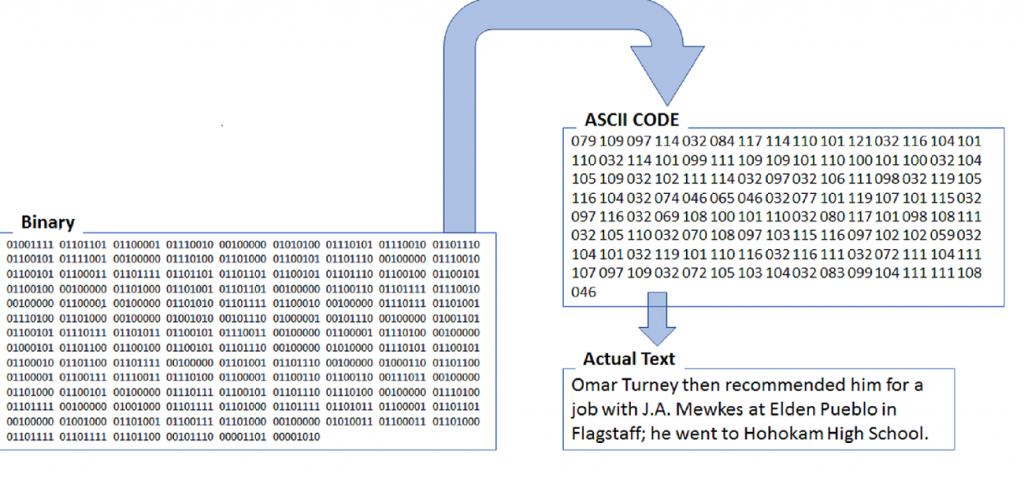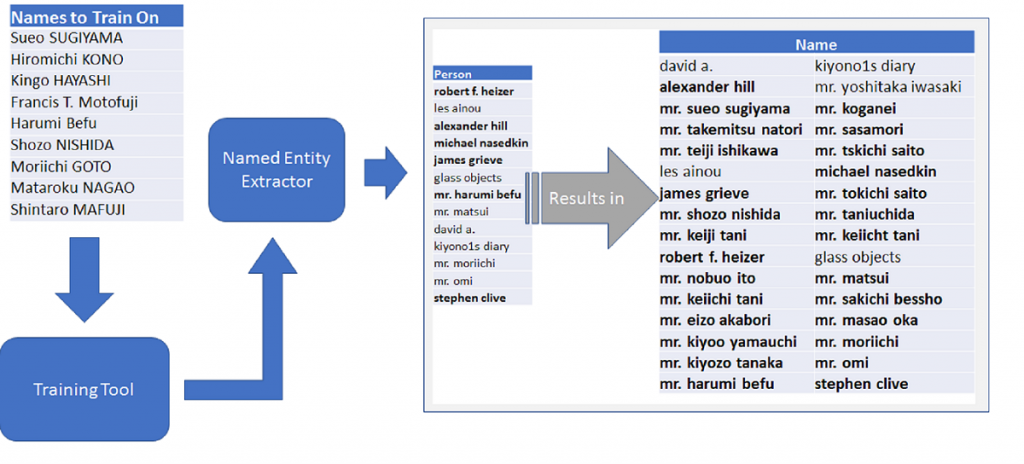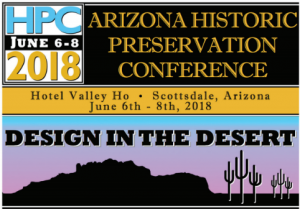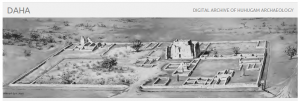The Center for Digital Antiquity (DA) utilizes a detailed policy for the treatment of sensitive and/or confidential documents for projects that are uploaded to tDAR by DA staff. For the DAHA project, Digital Antiquity staff reviewed that policy and consulted with representatives of the Cultural Resources Working Group of the Four Southern Tribes. This document outlines the policy as it was applied to documents added to the DAHA archive.
Treatment of Confidential and Sensitive Content in DAHA
Confidential Information is information about the location or nature of any archaeological resource or historic property the disclosure of which would create a risk of harm to the resource. Federal officials responsible for archaeological resources or historic properties covered by the Archaeological Resource Protection Act (ARPA, 16 U.S.C. 470aa-mm) and the National Historic Preservation Act (NHPA, 54 USC 300101 et seq.: Historic Preservation) are required to restrict access to information about the nature or location of these resources unless release of the information would further the purposes of the statutes and not create a risk of harm to the resources. In practice, the information most commonly regarded as confidential is very specific location information about archaeological resources. Sensitive Information is information that may be culturally offensive to some individuals or groups.
All confidential information in documents in DAHA has been redacted and spatial locations have been obfuscated on website maps. A full, unredacted version has been uploaded to tDAR but marked as confidential. Access to this version is strictly controlled and requires permission from the contributor. The redacted copy of the document in tDAR is publicly available for viewing and download.
All sensitive information in DAHA documents has also been redacted. This includes images, drawings, photographs or other representations of human remains or burials. As described above, an unredacted version has been stored in tDAR but is confidential and requires permission from the contributor in order to receive access. The redacted version is publicly available for viewing and download.
As a standard step in the Digital Curation workflow, each DAHA document was reviewed by a trained digital curator who searched for both confidential and sensitive information throughout the report. Content that was found was flagged for redaction. Next, a senior digital curator reviewed that document and verified that all sensitive and/or confidential information had been flagged and redacted. Finally, each contributor or DAHA partner was asked to review the documents belonging to their collection, looking in particular at any sensitive and/or confidential content that might be present.






